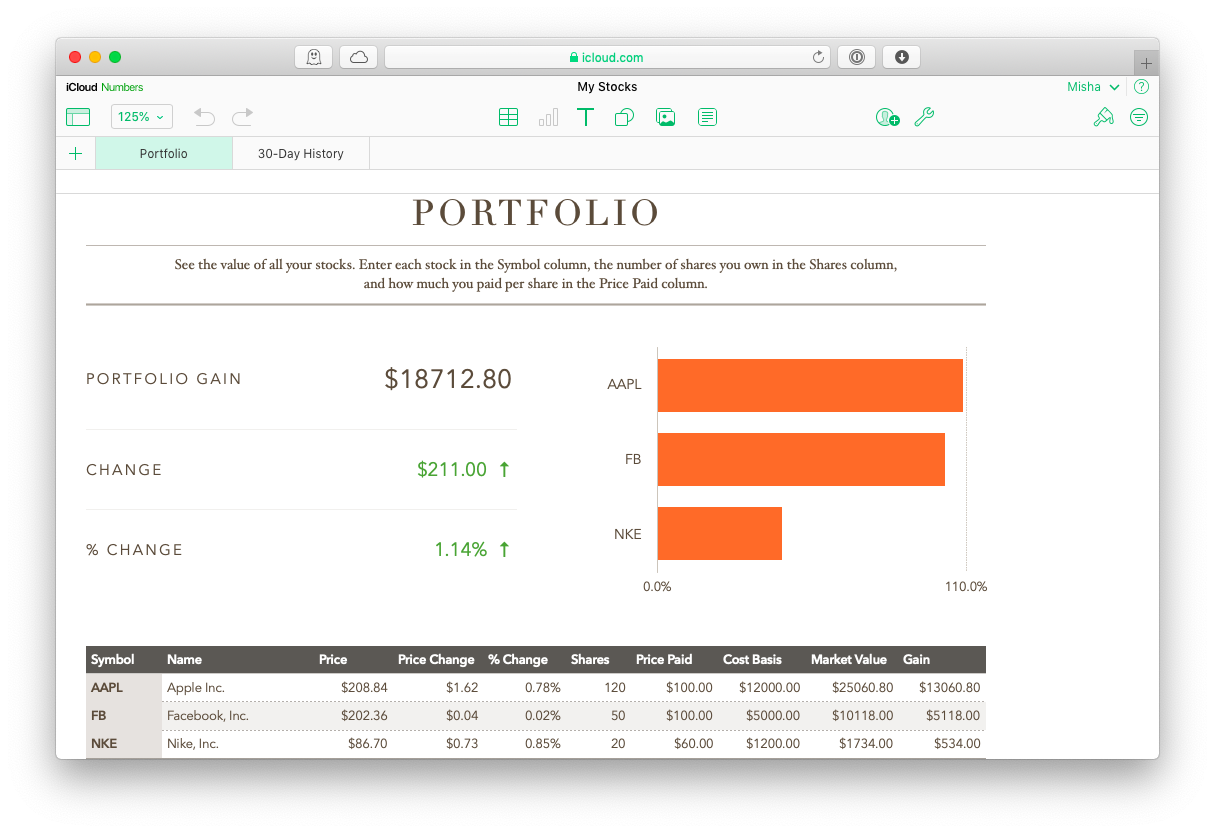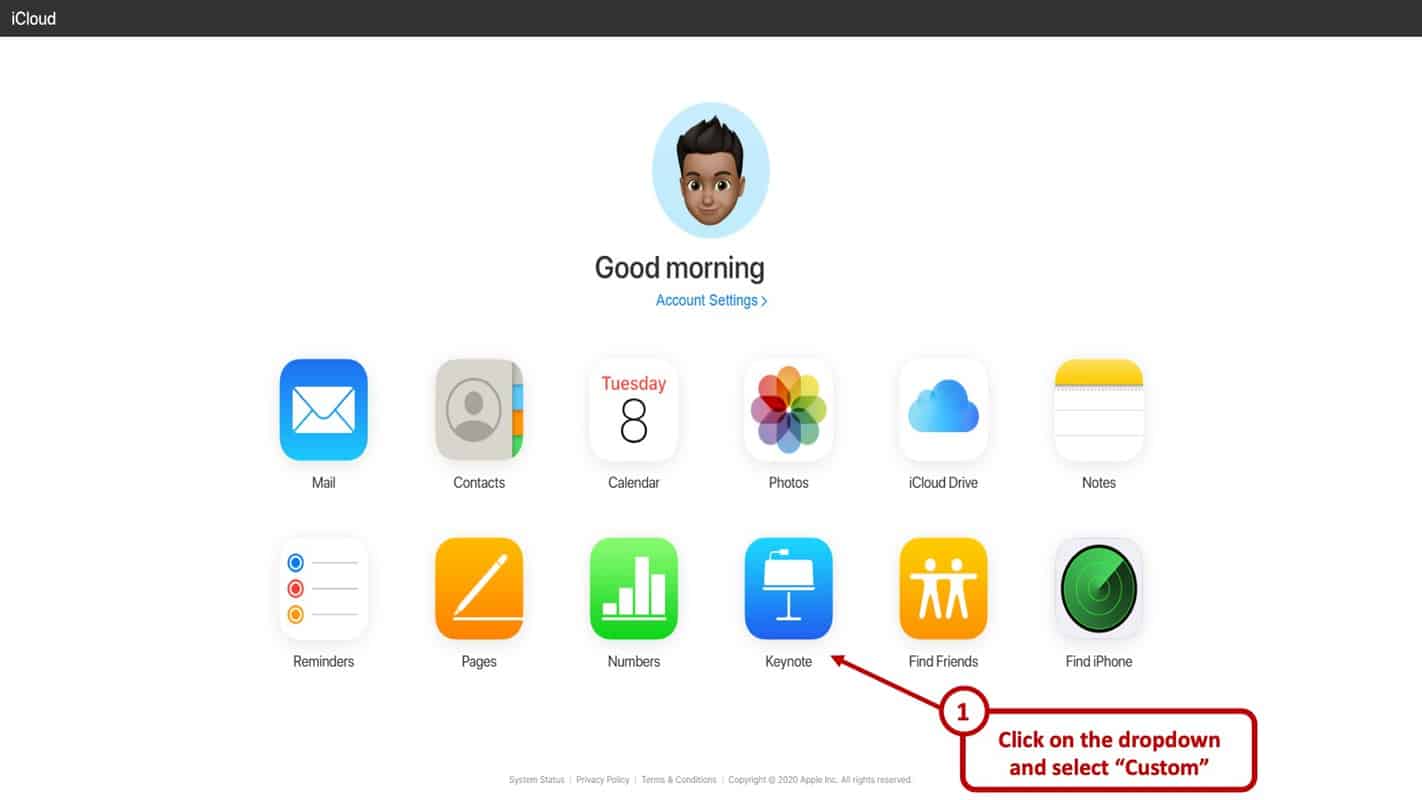
If it did work, congratulations! Now you can relax. If this is the case, hopefully you still might be able to salvage some of your work out of the file by digging through the folder you get in step 2 and extracting the graphic assets. If you've checked and it's still not working, then sadly, there's a good chance that something really is wrong with the presentation. If it doesn't work, go back and double check that you didn't miss anything above. If all went well, you should be able to just double click on the file and Keynote should fire up with your presentation, in all of its glory. Here's where you have to cross your fingers and hope for the best. Cross your fingers and open the file with Keynote Simply highlight the name of the folder, press Enter to rename it again, and add the.

So, how do you get this back into Keynote, you might ask? No, you won't have to redo everything. key fileĪt this point, if everything has gone well, you should be feeling somewhat relieved, as you can at least see that your work is not completely lost, just hidden. If you open the folder, you should see a bunch of files there, including any images you've added to your presentation, similar to the screenshot below:
#USE LATEXIT IN ICLOUD KEYNOTE ARCHIVE#
zip archive into a folder of the same name. Go ahead and double click on it, and Finder should decompress the. Your file should now be named something like Presentation.zip. zip to the end of the filename, and press Enter again. Now that you've made a copy, you need to locate your file in Finder, highlight it, and then press the Enter key to rename the file.

Once you've got a copy, continue on with the instructions below. Sure, it might be "invalid" and already broken, but you still should make sure you have an untouched copy somewhere should you need it. So, how do you get at these files, you might ask? It's actually deceptively simple - but before we begin, I can not stress enough to you to make a backup copy of your file. This makes getting to their contents a little bit trickier, as Finder doesn't see the file as an archive, so it keeps trying to open the file with Keynote, rather than unzipping it for you. But starting with Keynote '09, the packages are zipped into archives to make them easier to share and upload to websites. option.Ī Keynote presentation file is really no different, and if you're working with a Keynote '08 file, you can easily see the contents of the package using that option. You can easily see this in action by right-clicking (control-click or two-finger-click) on an application or an archive in Finder and choosing the Show Package Contents. It's no secret that many "files" in OS X are, underneath the surface, actually folders or other archives that themselves contain many more files. Not now Turn on Turned on Turn onīut before you give in to despair, here is something you can try that just might work. You can disable notifications at any time in your settings menu. So you try another version, and another, but Keynote remains adamant that your attempts are futile, and now you begin to panic as the realization sets in that your presentation starts in 15 minutes and your work is gone. Keynote still tells you that the file is invalid. You jump into Finder, restore an older version, and.
#USE LATEXIT IN ICLOUD KEYNOTE MAC#
After taking a few moments to calm down and avoid tossing your Mac out the window, you suddenly remember the Versions feature in Lion & Mountain Lion that automatically saves versions of your file as you work. "WHAT?! I just opened it this morning! What do you mean it's not valid?" You're practically screaming at your computer now, and repeatedly trying to open the file to no avail. So you fire up Keynote, and your heart sinks as you stare unbelieving at the message above. Now that it's finished, you decide to run through it one last time, just to be safe.

Let's set the scene: It's Monday morning, and you've been working tirelessly all weekend, tweaking and putting finishing touches on a big Keynote presentation that you'll be using at today's board meeting.


 0 kommentar(er)
0 kommentar(er)
